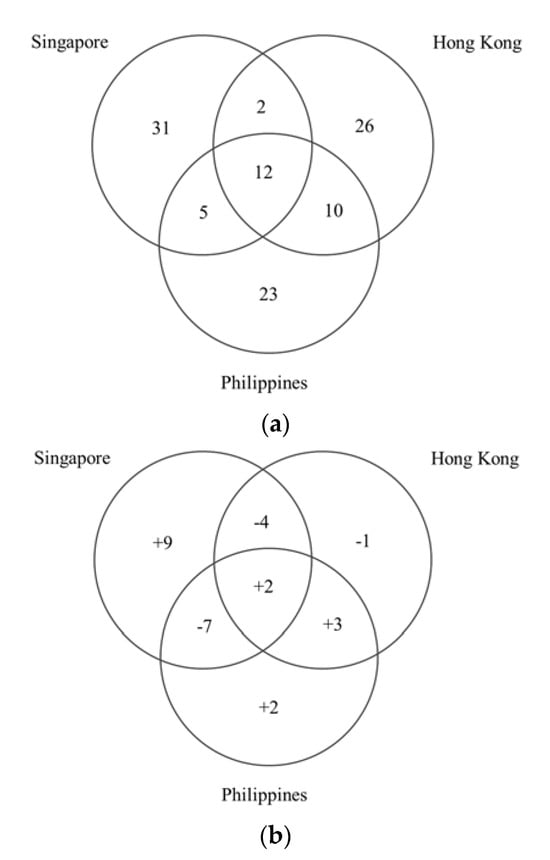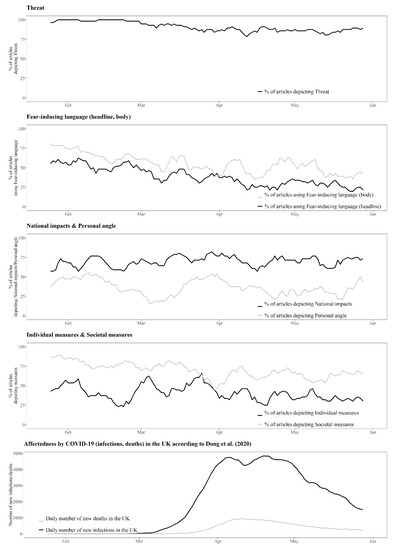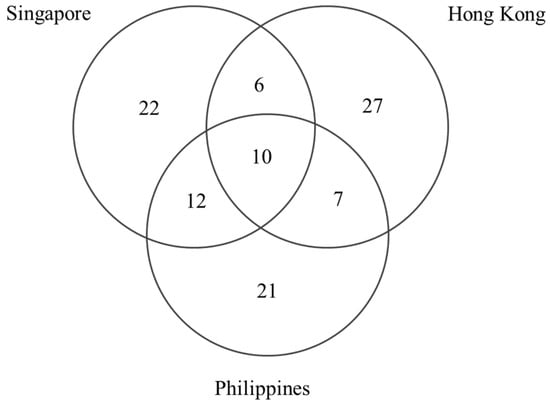Role of Media and Journalism during COVID-19 Pandemic: Lessons Learned and Future Challenges
A topical collection in Journalism and Media (ISSN 2673-5172).
Viewed by 43967Editor
Interests: journalism; political communication; news consumption
Special Issues, Collections and Topics in MDPI journals
Topical Collection Information
Dear Colleagues,
A year and a half after the appearance of the first cases of contagion, the COVID-19 pandemic continues to be an important object of study for researchers in media and journalism studies.
During this time, the news media and its professionals have adapted their practices to meet the challenges of reporting on a pandemic with unknown consequences, while governments and health authorities have faced the difficult task of managing the communication of their decisions. For their part, citizens have sought information from different sources to understand and act in different waves of the coronavirus crisis.
Along with this, dialogues denying the virus have proliferated, and misinformation has become a problem in pandemic management; at the same time, political discourse has become more polarized and public freedoms have been questioned.
This Topical Collection aims to bring together works that address these issues, but this Topical Collection is not limited to these topics. We want this collection to also serve as an opportunity for reflection on the changes and challenges of journalism in the post-COVID era.
Themes to be addressed in this Topical Collection of Journalism and Media: - News coverage of COVID-19: news agenda setting and framing; - Media and journalistic roles in coronavirus times;- Disinformation and infodemic;- Political communication and campaigning during COVID-19; - Trust for news on coronavirus;- The role of social media as an information source during pandemic;- Public health communication and civic engagement;- COVID-19’s impact on news consumption patterns;- Impact of limitations on press freedom in journalistic practice;- Information quality in COVID-19 news coverage;- Media and Journalism in the post-COVID era: challenges to face. Related Special Issue: "Media Freedom in the Age of COVID-19"
Prof. Dr. María Luisa Humanes
Collection Editor
Manuscript Submission Information
Manuscripts should be submitted online at www.mdpi.com by registering and logging in to this website. Once you are registered, click here to go to the submission form. Manuscripts can be submitted until the deadline. All submissions that pass pre-check are peer-reviewed. Accepted papers will be published continuously in the journal (as soon as accepted) and will be listed together on the collection website. Research articles, review articles as well as short communications are invited. For planned papers, a title and short abstract (about 100 words) can be sent to the Editorial Office for announcement on this website.
Submitted manuscripts should not have been published previously, nor be under consideration for publication elsewhere (except conference proceedings papers). All manuscripts are thoroughly refereed through a single-blind peer-review process. A guide for authors and other relevant information for submission of manuscripts is available on the Instructions for Authors page. Journalism and Media is an international peer-reviewed open access quarterly journal published by MDPI.
Please visit the Instructions for Authors page before submitting a manuscript. The Article Processing Charge (APC) for publication in this open access journal is 1000 CHF (Swiss Francs). Submitted papers should be well formatted and use good English. Authors may use MDPI's English editing service prior to publication or during author revisions.
Keywords
- media freedom
- COVID-19
- censorship
- access to information
- disinformation
- journalistic practice
- information quality
- ethical limits













